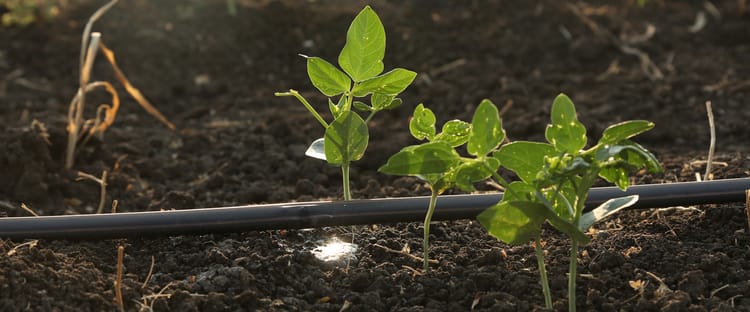Sustainable Agriculture: Local Food Production for a Greener Future
Industrialized farming has been a reliable way to produce lots of food at a low cost. Large farms distribute food across the globe efficiently. However, it’s not sustainable because of transportation issues, climate change, and a growing population. Current agricultural practices account for approximately 70% of all freshwater withdrawals globally and are responsible for land and soil degradation. These changes have an impact on how we produce and distribute food.
“To prevent the impacts of conflict on food insecurity, we must increase sustainable productivity; strengthen capacities to deliver relevant services and commodities; and provide access to innovative financial tools and digital services.” FAO Director-General Dr QU Dongyu
Local is the New Global
A global trend is to grow food for consumers locally. Producing food locally provides fresher food based on the need of the consumer, which decreases the supply chain, transportation costs and carbon footprint.
Today, some farmers don’t practice sustainable agriculture. Policymakers do not consider nature as a form of capital, so legislation is designed to prevent pollution and other kinds of environmental degradation. Farmers also focus on the international market to sell their produce, but this increases the carbon footprint. Some developing countries are left with food insecurity. Sustainable agriculture focusses on local food production, the need of the consumer, living conditions of laborer’s and using less resources to create more yield. Sustainable farmers work with nature and people to ensure profitable fresh produce.
Sustainable Agriculture open field
Farmers can switch from fertilizers to nitrogen-fixing plants, from aggressive pesticides to natural enemies, rotate crops to reduce soil depletion, and apply irrigation techniques to reduce water and energy use. Depending on the crop grown, drip irrigation is a technology that can reduce water consumption by 20-40% while increasing crop yield by 20-50% compared to flood irrigation.
Sustainable Agriculture Greenhouse
According to Sir David Attenborough, Dutch horticulture would help stop the cultivation of more agricultural land and allow natural ecosystems to restore. Most of all, it has the potential to help us feed our growing world population. It can be built near the city because it requires less land, to reduce transportation costs and CO2 emissions.
“Dutch greenhouse practices and the study of plant growth can be used to produce food locally. These practices optimize local food production and make vegetables more affordable. A greenhouse can operate on renewable energy and in a CO2-neutral way to provide organic food.” Olaf Mos, Commercial Director Gakon Netafim greenhouse projects.
Advantages of Greenhouse Farming
Greenhouses are more sustainable than conventional agriculture because they use less water, fewer pesticides, and less fertilizer. Moreover, they have a higher return per unit area than crops grown in the open field and can produce food throughout the year. Just think about the Dutch signature greenhouse export product: the tomato.
References



Comments
We'd love to hear your thoughts! To enter a comment, type your name and email address.